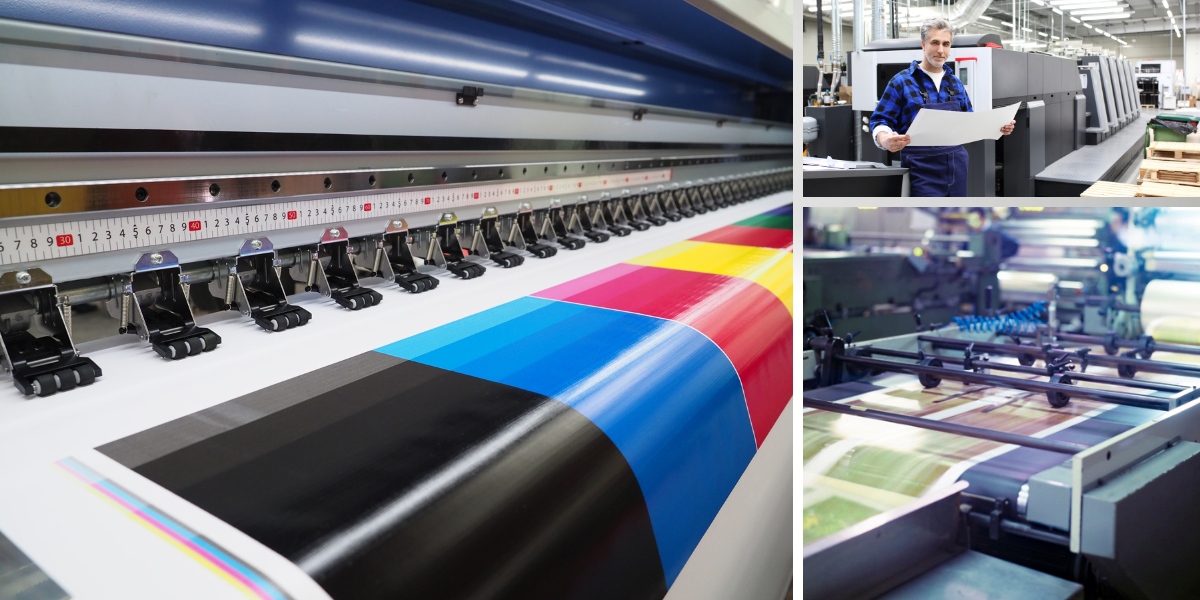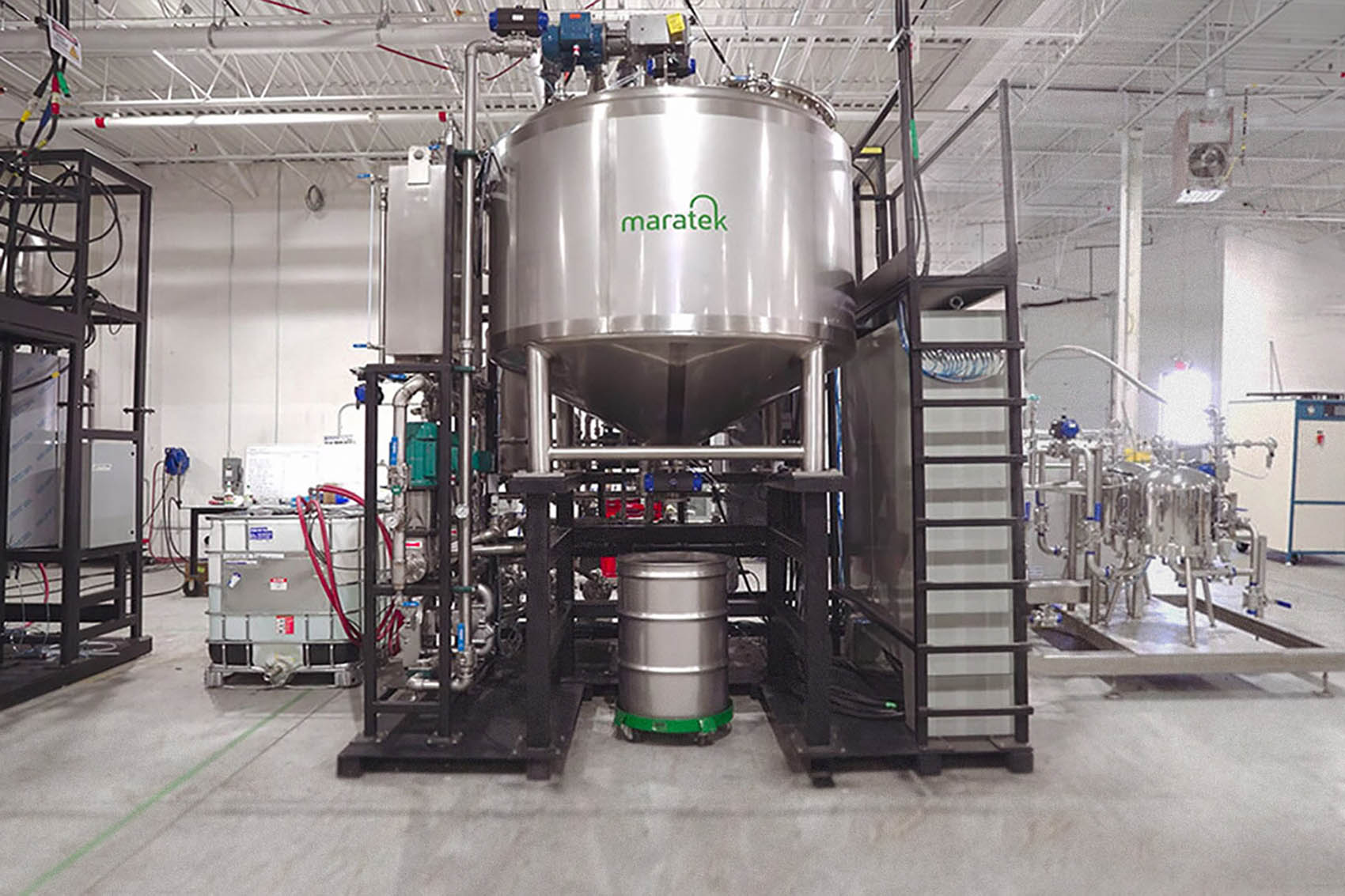What is Flexographic Printing?
 The flexographic printing industry is a new industry, introduced in the 2000s. Flexographic printing was developed through the advancements of technology to improve the quality of manufacturing.
The flexographic printing industry is a new industry, introduced in the 2000s. Flexographic printing was developed through the advancements of technology to improve the quality of manufacturing.
Flexographic printing can be a very helpful asset across a range of industries, providing efficiency and quality prints to products. However, flexographic prints can be expensive.
Most importantly, flexographic printing can also create tons of solvent waste from the ink generated onto products.
In this blog, we take a deeper look at flexographic printing and how your business can save money by recovering solvent waste.
Where is flexographic printing used?
Flexographic print is a modernized letterpress with a high-speed rotary for functionality. As one of the most diverse printing machines, the flexographic printer can print on unique surfaces such as plastic, metallic films, cellophane, and paper - benefitting a range of industries.
Flexographic print is one of the most efficient and used technology advancements in a range of industries today. Flexographic can be found almost everywhere on products worldwide as it is a regular protocol to properly label and identify products.
Some examples include grocery items, licenses, and warning signs.
Maratek has designed the Flexo 300 to help you save money on solvent waste
Flexographic printing can be expensive, which is why Maratek has created the Flexo 300. A world-class solvent recovery system engineered by our engineering team.
The Flexo 300 is a state-of-the-art flexographic printing machine with the purpose to rent to companies who are looking for cheaper alternatives for flexographic printing. It is a fully automatic, feature rich unit with built-in redundant and fail-safe controls. The control interface is simple, intuitive, and informative.
The Flexo 300 includes many additional features specific to managing Flexographic wastes to ensure a quality distillate. These include:
- Full 304 Stainless Steel construction for durability.
- Nitrocellulose safety temperature control – Using a combination of high vacuum and a glycol-based heating medium the Flexo 300 has a maximum operating temperature well below the combustion point of nitrocellulose.
- Foam management – An internal mixer will minimize foaming during distillation to prevent contamination of the distillate, additionally a mechanical foam blocker is placed in front of the vapor collection entrance.
- Color monitoring – The distillate will pass through a Colorimeter to ensure only clean, clear distillate is collected. If the distillate fails this checkpoint it will be diverted away from clean solvent collection.
This system is designed to process and recover 300 gallons per day of a waste solution with a composition of 95%/v solvent (80%/v n-Propanol/ 20%/v Propyl Acetate) and 5% non-volatile ink waste. Additionally, the Flexo-300 has been designed to accommodate the presence of nitrocellulose in the solvent waste stream.
How does the Flexo 300 process work?
Maratek’s world class engineered project of the Flexo 300 can be fully operational within eight easy steps.
The operator uses the touch screen PLC to start a cycle:
- The system will autofill from the customers waste tank/drum/tote until the vessel is full.
- In approximately 30-45 minutes solvent will start to be recovered.
- The vessel is automatically topped-up with fresh waste material as solvent is recovered.
- The unit is topped-up with fresh waste for approximately 12-16 hours.
- Once automatic top-up has been terminated, the solvent remaining in the vessel is recovered for a boil down phase.
- The remaining ink sludge will be pumped out to a waste collection vessel (drum or tote).
- The system will pump 5-10 gallons of clean solvent back into the system for a Clean in Place process. This solvent will wash down the sides and bottom of the vessel as well as the discharge line before being returned to the vessel to be recovered on the next cycle.
Flexographic printing recovery
The Flexo 300 purpose is to help companies save thousands on wasted solvents and become “greener” as well. Solvent purchasing is a major component for manufacturers in their expenses as solvents are expensive and necessary for operations.
Through using the Flexo 300, companies can save thousands on purchasing costs which can help cut down on costs. By cutting down on costs, companies can create a greater margin which will create more revenue for the company.
Solvent recovery can also help companies save space in warehouses as storage space won’t be required for storing purchased solvents.
In addition, the Flexo 300 helps companies become “greener” through reducing solvent waste. Less solvent waste creates less opportunities for manufacturers to emit, release, or dump these wasted solvents into our environment which can have a long-lasting effect. For example, when solvents are released into the environment, it can take over decades or years to fully decompose into the environment and have the potential to ruin earth’s surface with harmful chemicals.
Interested in learning more? Request a quote from Maratek today.





